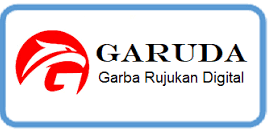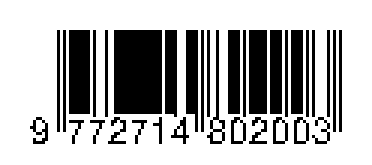PERANCANGAN MODEL ALAT BANTU TERAPI STROKE NON FARMAKOLOGIS DENGAN GANGGUAN PENURUNAN KEKUATAN OTOT
DOI:
https://doi.org/10.34151/technoscientia.v8i1.186Keywords:
stroke, therapy, design, multimediaAbstract
This paper discusses the design tool to model non-pharmacological treatment of stroke patients based on multimedia. Definition of stroke according to the World Health Organization (WHO) is a clinical sign of either focal or global form of brain dysfunction that develops quickly, with symptoms lasting 24 hours or longer and can lead to death, with no apparent cause other than vascular. Therapeutic exercises strengthening muscle strength in case of a decrease in muscle strength in this study is part of a post-stroke rehabilitation. The design model of this tool is expected to help the families of stroke patients to perform self-therapy. Stroke patients who will be treated in this study is limited to disorders with decreased muscle strength. This multimedia-based designs used to simplify the user to see a visual example with multimedia. The result of this study is an example of exercise in form of animation.
References
Hariandja dan Maitimo,R., 2014, Perancangan Alat Bantu Interaktif Penunjang Aktivitas Pendamping Insan Pasca Stroke,Lembaga Penelitian dan Pengabdian kepada Masyarakat, Universitas Katolik Parahyangan, Bandung.
Kusumadewi, S., 2003,Artificial Intelligence (Teknik dan Aplikasinya), Graha Ilmu, Yogyakarta.
Lutfie, S.H., 2012, Kembali Aktif Pasca Stroke, Tiga Serangkai, Solo.
Miller DW Hahn JF. Chapter 1: General methods of clinical examination. pags 31-32. IN: Youmans JR. Neurological Surgery 4 edition. W.B. Saunders Company. 1996.
Rosyada, et al, Perancangan alat permainan untuk pasien pasca stroke,Jurnal Teknik Industri, Universitas Diponegoro: Vol V, No 3,2010.
http://www.who.int/healthinfo/statistics/bod_cerebrovasculardiseasestroke.pdfdisease.
http://www.youtube.com/watch?v=3GbpbuwcWDk







